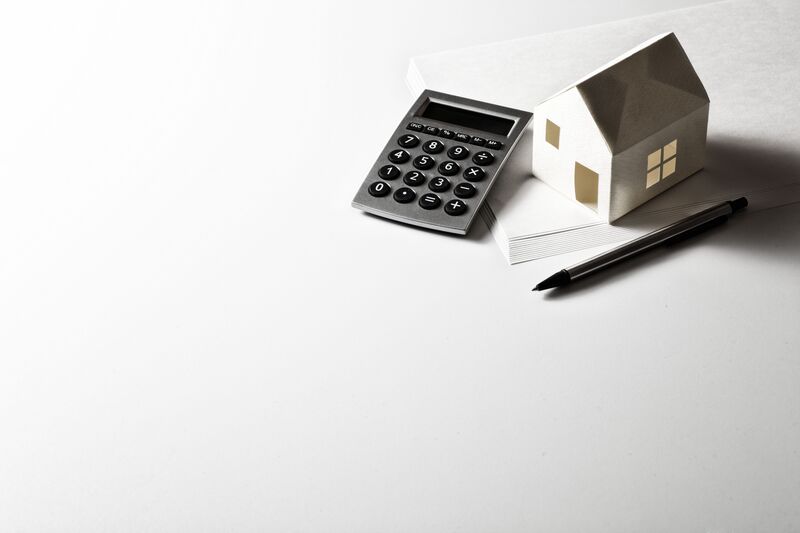The Hidden Perils of DIY Piano Moving Explained
Posted on 22/05/2025
The Hidden Perils of DIY Piano Moving Explained
Moving a piano might seem like just another task during your relocation, especially for those who love do-it-yourself projects. However, the dangers and risks of moving a piano by yourself are often underestimated. In this comprehensive article, we reveal the hidden perils of DIY piano moving, discuss why professional piano movers are a safer investment, and offer tips for ensuring your prized instrument gets to its new location safely.
Understanding the Anatomy and Complexity of Pianos
Before diving into the pitfalls of moving a piano yourself, it's essential to realize just how complex and fragile these beautiful instruments truly are. Pianos come in several types and sizes, such as upright, grand, and digital pianos. Each variation presents unique challenges:
- Upright pianos: Typically weigh between 300-500 pounds.
- Grand pianos: Can weigh from 500 pounds to over 1,200 pounds and may require disassembly for safe moving.
- Digital pianos: Lighter, but still require care to prevent electronic damage.
To add to the complexity, a piano comprises thousands of delicate parts--hammers, strings, pedals, and keys. Just one misstep can result in irreparable harm, expensive repairs, or personal injury.

Why DIY Piano Moving Seems Tempting
People often consider moving a piano themselves in an effort to save money or out of a sense of independence. With a few strong friends and some common tools, it's easy to believe you can handle the task. Unfortunately, this approach ignores the hidden risks and dangers of DIY piano moving that can ultimately lead to greater expenses and dangers.
The Financial Myth: Saving Money by Moving Pianos Yourself
Upfront, DIY piano moving appears to be cost-effective. However, if you factor in potential damages, injuries, or the need to replace specialized equipment, DIY often turns out costlier than professional services. Just a few examples:
- Purchasing or renting moving equipment (dollies, straps, padding) can add up quickly.
- Damage to your flooring, stairs, or walls during the move can result in expensive repairs.
- Injury to yourself or helpers may incur medical costs or time off work.
The Common and Overlooked Hazards Of Moving Your Piano Yourself
The risks associated with DIY piano moving go far beyond just nicking a wall or straining your back. Here are the most critical dangers you need to be aware of:
Physical Personal Injuries
- Muscle Strains and Back Injuries: Even when using proper lifting techniques, moving such a heavy and unwieldy item can significantly injure your back, arms, and legs.
- Crushed Fingers or Toes: An accidental slip or overcorrection can result in serious damage to your hands or feet.
- Slips, Trips, and Falls: Navigating stairs, ramps, or tight corners increases your risk of dangerous falls.
Instrument Damage
- Broken Internal Parts: An abrupt movement or drop may dislodge or break internal components, affecting sound quality and playability.
- Scratches and Dents: Even minor mishandling can cause unsightly and costly cosmetic damage to the piano's finish.
- Tuning Issues: Pianos are particularly sensitive to bumps and jostles, making post-move tuning a near-certainty--if not total retuning or repairs.
Property Damage
- Damaged Floors and Stairs: Dragging or dropping a piano can scratch hardwood, chip tiles, and even splinter stairs.
- Banged-Up Doorways and Walls: Navigating door frames and tight turns can easily lead to costly repairs to your home.
The Risk of Inadequate Preparation
- Improper packing or padding can leave your piano unprotected during transportation.
- Inadequately sized moving vehicles leave your instrument susceptible to shifting and shocks.
- Lack of expertise means small mistakes turn into big problems quickly.
Common Misconceptions About DIY Piano Moving
There are many beliefs that give false confidence when considering do-it-yourself piano relocation. Let's debunk some of the most common myths:
- "We have enough hands; it will be easy." - Pianos require not just strength but finesse, planning, and coordination.
- "We can just use a dolly." - Without the right size or type of dolly, you risk instability and dangerous accidents.
- "It's just like moving furniture." - Unlike furniture, pianos have a unique weight distribution, complex internal mechanisms, and high sensitivity to movement and climate changes.
- "We'll save money doing it ourselves." - Any damages or injuries can wipe out potential savings instantly.
The Professional Approach: Why Hiring Piano Movers Makes Sense
Choosing professional piano movers is an investment in the security of your instrument, your health, and your peace of mind. Here's what sets them apart:
Specialized Expertise
- Trained to move all shapes and sizes of pianos in a variety of settings.
- Understand correct disassembly and reassembly procedures.
- Handle tuning and maintenance post-move, if required.
Professional Equipment
- Use equipment specifically designed for pianos (skid boards, heavy-duty dollies, and padding).
- Bring essential materials for protecting floors and walls.
- Have appropriately sized moving trucks for secure transport.
Insurance and Liability Coverage
- Professional piano moving companies carry insurance to cover accidental damage to your piano or property.
- Any injuries sustained by movers are covered, so there's no risk to you or your friends.
Efficient and Stress-Free Moves
- Movers know the optimal path and strategy for relocation.
- Save time by avoiding pitfalls of inexperience.
- Enjoy peace of mind knowing your instrument is in expert hands.
Case Studies: True Tales of DIY Piano Moving Gone Wrong
For those still considering moving a piano without help, consider these real-life stories of piano moving disasters:
An Upright Misadventure
- A family tried moving an old upright piano using just two people and a furniture dolly. Midway down the front porch steps, the dolly shifted, causing the piano to topple onto the lawn, damaging both the pedals and the finish. The homeowners also sprained a wrist in the process. Total repair costs exceeded what professional movers would have charged.
Grand Piano Downstairs Fiasco
- Four friends attempted to move a baby grand down a narrow spiral staircase. The piano jammed in the stairwell, resulting in chipped wood and cracked keys, as well as gouges in the wall. Ultimately, they had to call professionals to remove and repair both the piano and the house.
How to Move a Piano Safely--If You Absolutely Must DIY
While DIY piano moving is generally discouraged, emergencies do arise. Should you find yourself with no other option, keep the following tips in mind to minimize risks:
- Gather the right team: You'll need at least three to five strong, able-bodied assistants--ideally with moving experience.
- Invest in proper equipment: Rent heavy-duty piano dollies, skid boards, blankets, and strong straps. Never attempt to move a piano without the right gear.
- Plan your route in advance: Measure doorways, hallways, and staircases to ensure the piano will fit through all spaces.
- Protect your home: Use moving blankets and padding to safeguard floors, walls, and doors.
- Use slow and steady movements: Never rush. Communicate clearly with all helpers.
- Set aside funds for post-move tuning or repairs: Even if no accidents occur, your piano may need professional servicing after relocation.

Top Frequently Asked Questions About DIY Piano Moving
Can you move a piano by yourself?
It's highly discouraged. Pianos are extremely heavy, awkward, and delicate, making solo moves not just impractical but dangerous. Always enlist a team or, better yet, hire professionals.
What can go wrong with DIY piano moving?
Physical injuries, piano damage, and property destruction are all serious risks. Even a small mistake can cause costly, sometimes irreparable, damage.
Are there any types of pianos that are easier to move?
Digital pianos and smaller uprights are lighter, but they can still be damaged if moved improperly. Always exercise caution and use appropriate moving equipment.
Conclusion: Don't Let the Hidden Perils of DIY Piano Moving Harm You or Your Instrument
While the temptation to save money or take pride in a DIY move is understandable, the hidden perils of moving a piano yourself simply outweigh the perceived benefits. From personal injuries and expensive repairs to permanent loss or damage of your beloved instrument, the risks are real and severe.
For most piano owners, hiring experienced, insured, and professional piano movers is the wisest and most cost-effective decision. Not only do you safeguard your investment, but you also enjoy peace of mind knowing your instrument is in the best possible hands. Don't let a well-intentioned DIY effort become an expensive disaster--trust the professionals when it matters most.
Remember: When it comes to piano moving, the risks of doing it yourself are simply too great. Protect your piano, your home, and your family by making the smart choice. If you need to relocate your instrument, do yourself--and your piano--a favor: hire a reputable piano moving company.



